Maureen O’Hara: August 17, 1920 – October 24, 2015
Queen of Technicolor – Queen of Swashbucklers
“Never did I see a more dreamlike creature. That flaming red hair, glorious Irish complexion, and beautiful bearing,” said Errol.
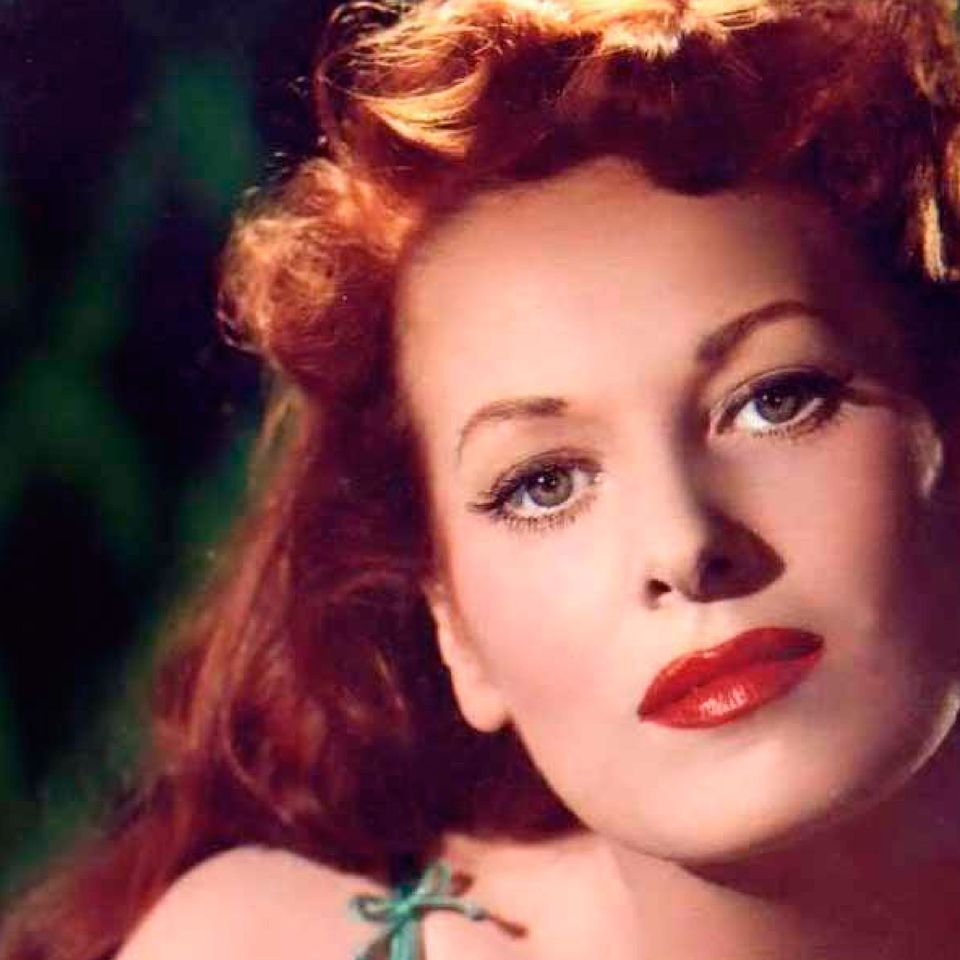
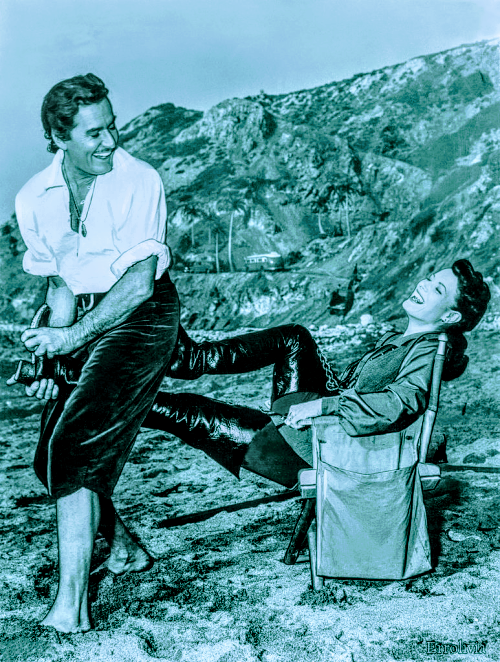
…
— Tim
Maureen O’Hara: August 17, 1920 – October 24, 2015
Queen of Technicolor – Queen of Swashbucklers
“Never did I see a more dreamlike creature. That flaming red hair, glorious Irish complexion, and beautiful bearing,” said Errol.


…
— Tim
Spellbindingly gorgeous Rhonda Fleming has died, at age 97, on October 14. Fare thee well, Rhonda
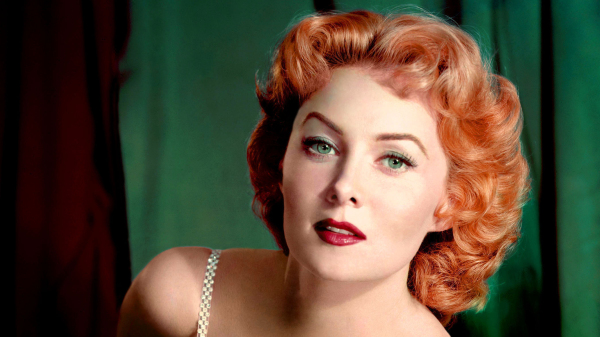
…
In 1952 on the Abbott & Costello Hour she sang “I’m in Love with a Wonderful Guy” about Errol:
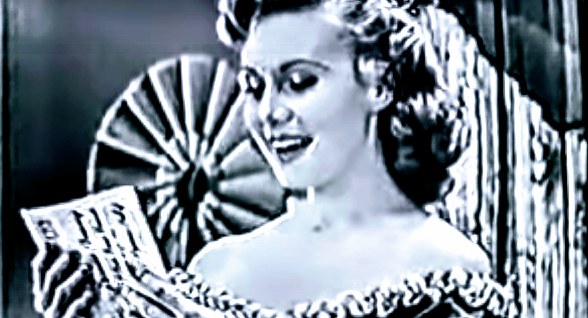
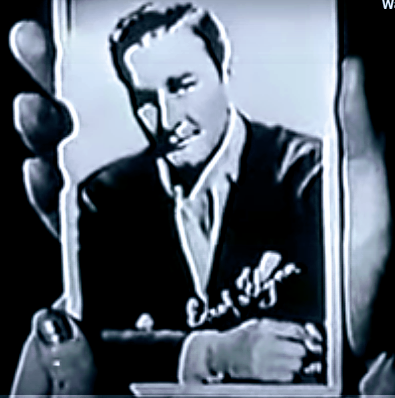
…
A Video Summary of Her Spectacular Life & Career:
— Tim
October 17, 1938
Evening Herald Express
Bette Davis was preening herself in front of a mirror one day on the set of The Sisters, currently showing at Warners Hollywood and Downtown theaters, when Errol Flynn asked her why she was gazing at herself with such approval.
“Well, I like that.” Bette pretended to be put out. “I’m admiring my hairdress—don’t you like it? You should.” Bette replied, “because I copied it exactly from the hairdress worn by Fritzi Scheff in a picture made of her when she was at the peak of her career.”
…
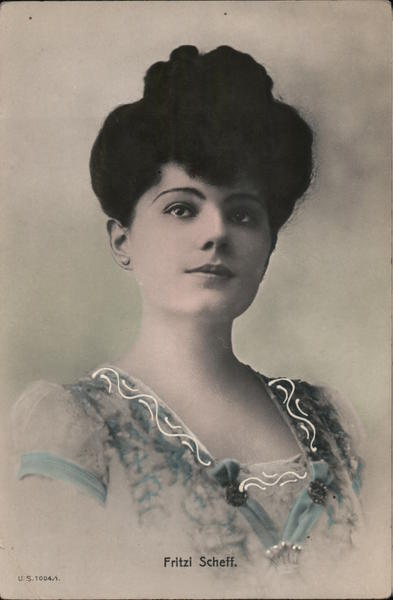
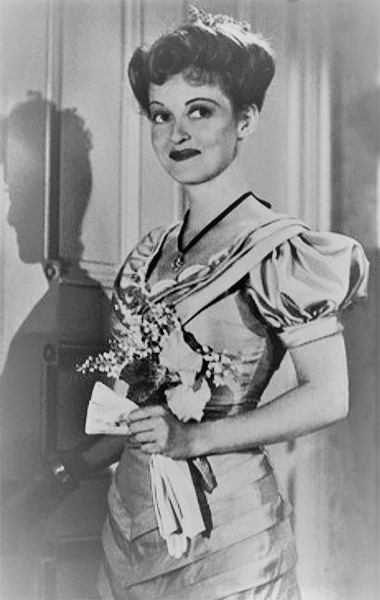
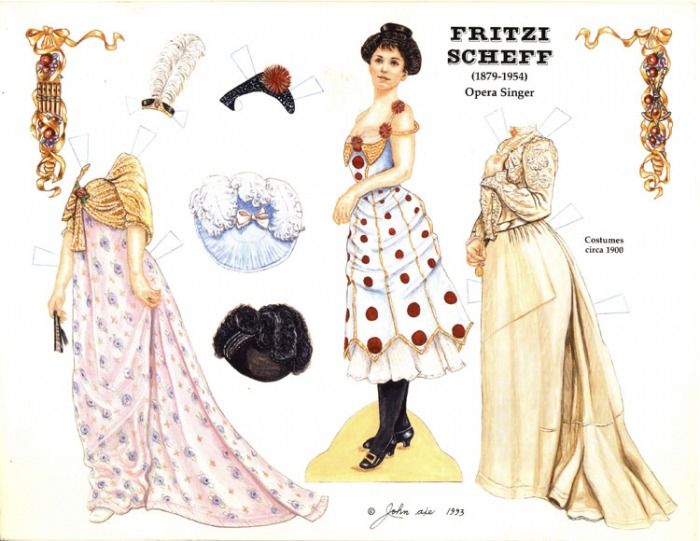
…
I sure hope Bette didn’t burst out singing Fritzi’s big hit “Kiss Me Again” to Flynn! Arno would have had to come to his rescue! (Song begins at 1:50)
— Tim
Los Angeles Times
I Cover Hollywood
By Lloyd Pantages
Errol Flynn is making a personal version of Another Dawn, in which he is appearing with Kay Francis, with a 16-millimeter camera, all of which he will dub with sound-effects and narration.
…
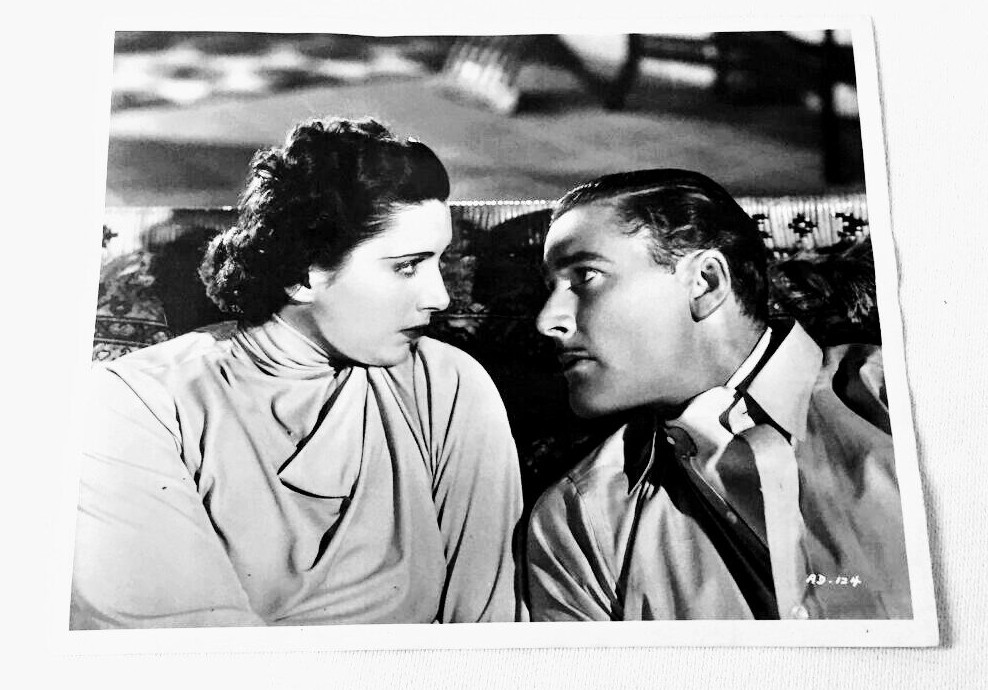
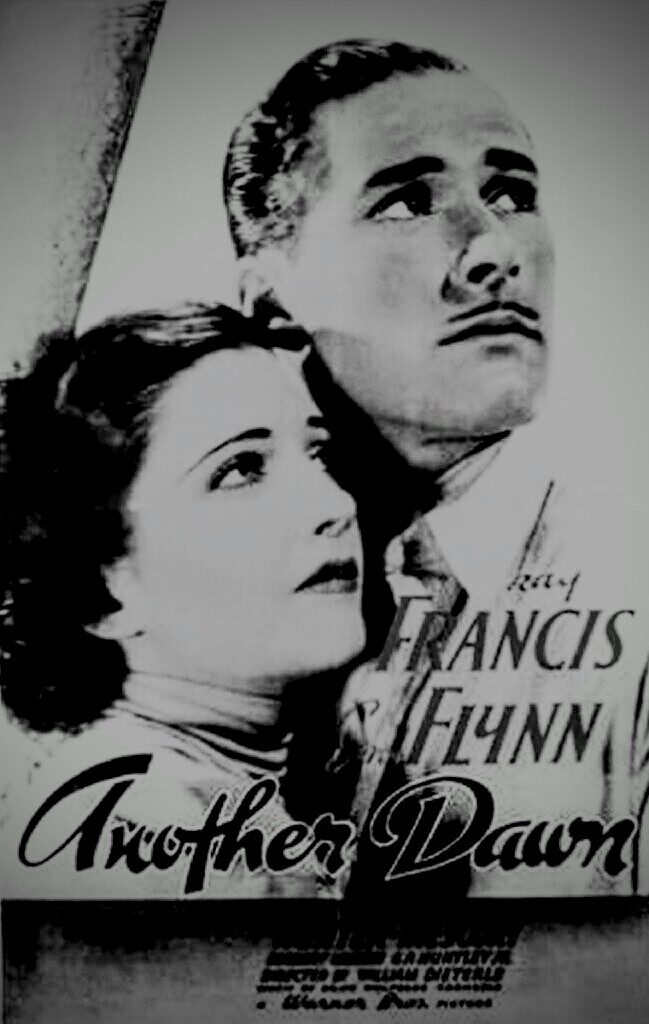
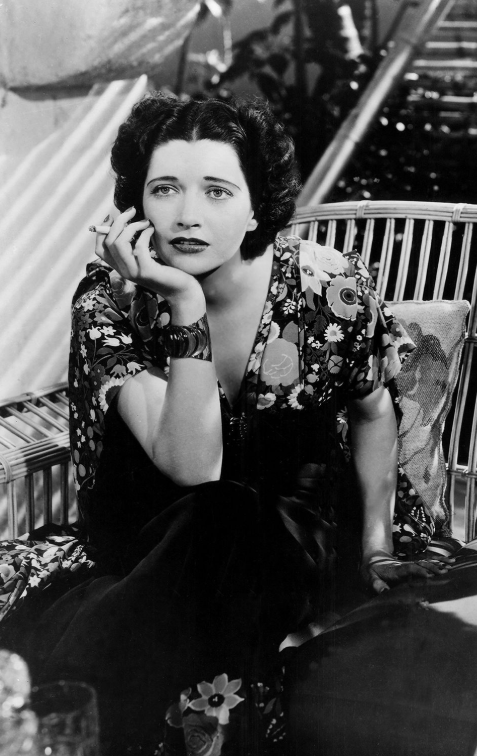
— Tim
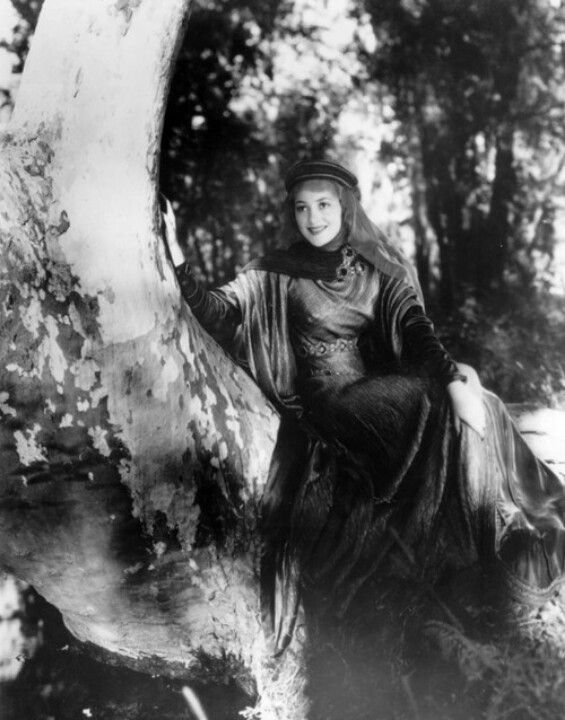
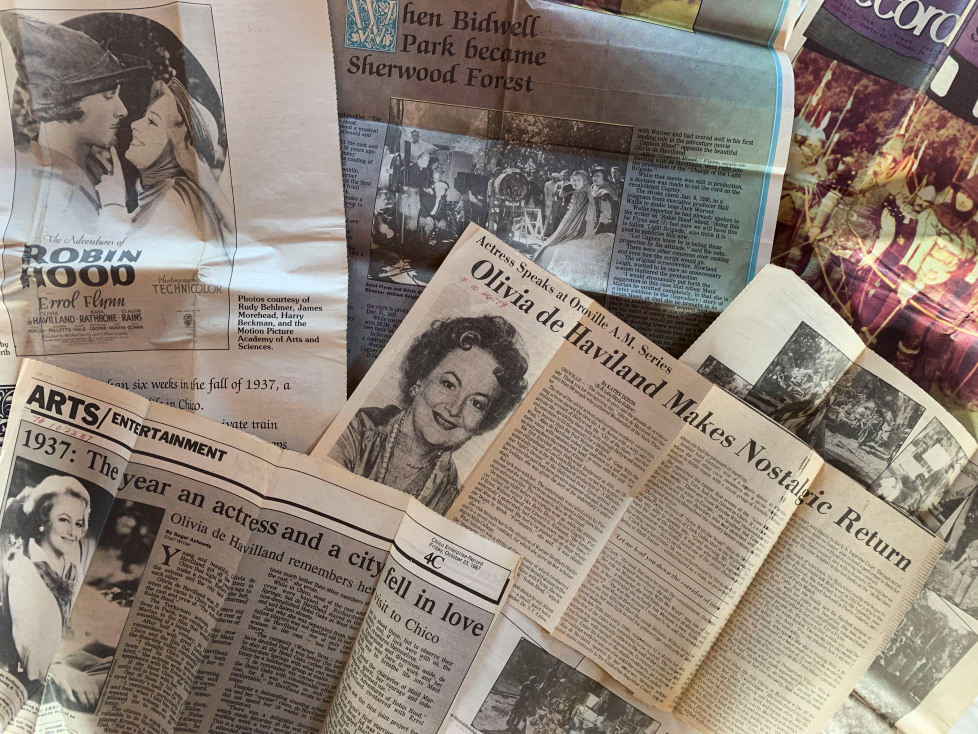
Olivia de Havilland starred as Maid Marian in the 1938 “The Adventures of Robin Hood,” which was filmed in fall of 1937 in Bidwell Park in Chico. (Enterprise-Record files)
Chico was charmed by Olivia de Havilland, and she by Chico. She graced Bidwell Park in the form of Maid Marian, but it was not Bidwell Park. It was Sherwood Forest in the 1938 classic “The Adventures of Robin Hood.”
It was in late September 1937 that she descended the train into Chico as a 22-year-old. The trees were aflame with orange, red and yellow tinges.
The train held not only her, but all the stars, technicians and props Warner Bros. needed to create a miniature Hollywood set on the banks of Big Chico Creek.
“I thought Chico a most charming town and its citizens welcoming and kind,” de Havilland wrote in a 1987 correspondence with the Chico Enterprise-Record from Paris.
The headquarters were set up in the form of tents by Sycamore Pool. Bidwell Park became a medieval forest.
According to a Sept. 15, 1937 Chico Record clipping, the park had been discovered by a Warner Bros. location scout and film director William Keighley.
“There was no location in California that could compare with Bidwell Park. I can’t understand why Chico has not been discovered before as a site for movies. I must confess my ignorance,” Keighley said.
“When Robin Hood was named for production, I thought a trip to the East or at least the Midwest would be necessary. I did not have any idea that anything such as Bidwell Park existed.”
More than 100 extras were hired for $10 a day. If someone was willing to let actor and famous archer Howard Hill shoot their padded body with an arrow, they could earn an extra $150 a day.
The film had an original budget of $1.25 million, yet it rounded the $2 million mark, making it the most expensive film Warner Bros. had produced to that date.
In an October 1987 interview with this newspaper, the late television director and producer Rudy Behlmer said, “(de Havilland) was so beautiful then, the rest of the cast, the breadth of the staging. There wasn’t anything you could point to and say, ‘Well, that didn’t work very well.’”
One reason the aesthetic was so appealing was the new three-strip Technicolor process used to create it. Three separate strips of film were exposed simultaneously in the same camera, providing rich color on screen.
“This was the best example of that early Technicolor process with the forest scenes and the costumes and so on. And it is still considered one of the best examples of Technicolor,” Behlmer said.
After six weeks of shooting, de Havilland, as well as the rest of the crew, left Chico on Nov. 9, 1937, to the sight of 500 well-wishers gathered at the train station to bid them adieu. The Chico High band played music for them. The north section of Ivy Street was named Warner Street to commemorate the time of production.
It wasn’t until May 1938 that “The Adventures of Robin Hood” was released to great critical and popular acclaim. On May 14, 1938, it arrived at the Senator Theatre for a three-day run.
The actress came back to Butte County in October 1979 to speak at the Oroville State Theatre.
She remembered Chico as a small, quiet town with an “adorable little hospital.”
A 1987 E-R clipping said that one of the many locals to “fall under the dark-eyed beauty’s spell” was Doctor Newton Thomas Enloe, the founder of Enloe Medical Center. He let de Havilland witness an operation firsthand after she kindly asked.
She and other cast members attended square dances in Paradise on the weekends. The fiddle music delighted them, as did the hospitality of the locals.
“A very kind local gentleman taught me the steps and I joined in with immense pleasure,” de Havilland recalled.
During her stay in Oroville, her motel room was broken into. The doing was not that of Robin Hood. It was at 10 a.m. at the Villa Motel (now Villa Court Inn) that $4,959 worth of clothing and jewelry were stolen and the rest of her belongings scattered about.
Even so, she showed her gratitude to the audience for having her.
“Thank you for recognizing me,” she said.
De Havilland’s acting prowess, among other things, created a fairy tale out of Chico that, like her impact on Hollywood, lasts to this very day
— Tim
September 26, 1942
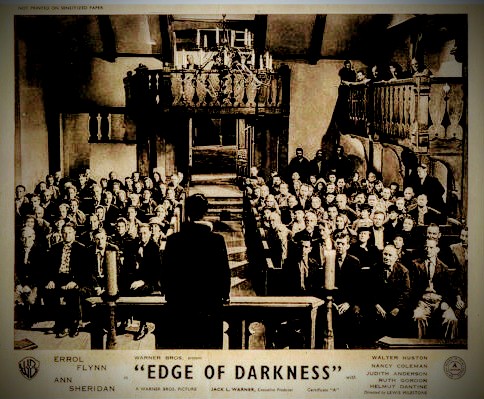
…
Harrison Carroll
Evening Herald Express
LIGHTS! CAMERA! ACTION!
Out at Warners, on the Edge of Darkness set, they are shooting another war story. The scene is a church in occupied Norway. But the villagers are not listening to a sermon. They are hearing reports of Nazi terrorism.
Up on the pulpit is the minister, Richard Fraser. In the congregation are Walter Huston, Ann Sheridan, Errol Flynn, Monte Blue and most of the cast of the picture.
Edge of Darkness is heavy drama. When director Lewis Milestone gets shot, however, the players relax, sit around the set and converse in ordinary Hollywood manner.
Today Ann Sheridan is jittery because she is trying to cut down on cigarettes. She’s allowing herself one every hour, on the hour.
…
Smokin’ Annie, “on the hour” with Errol, between nicotine fits on the set of the Edge:
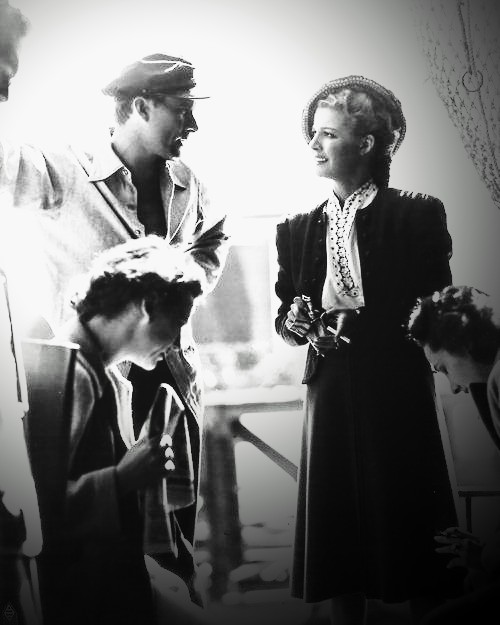
Looks like Annie was well off the wagon after the war, smoking away as the notorious Nora Prentiss:
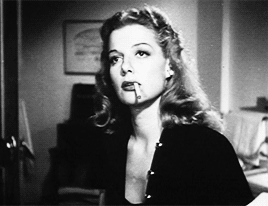
— Tim
September 25, 1942
Louella O. Parsons
Los Angeles Times
A barbershop quartet, consisting of Errol Flynn, Ann Sheridan, Nancy Coleman and Monte Blue, have offered their services to the victory committee. Maybe it’s not as bad as it sounds.
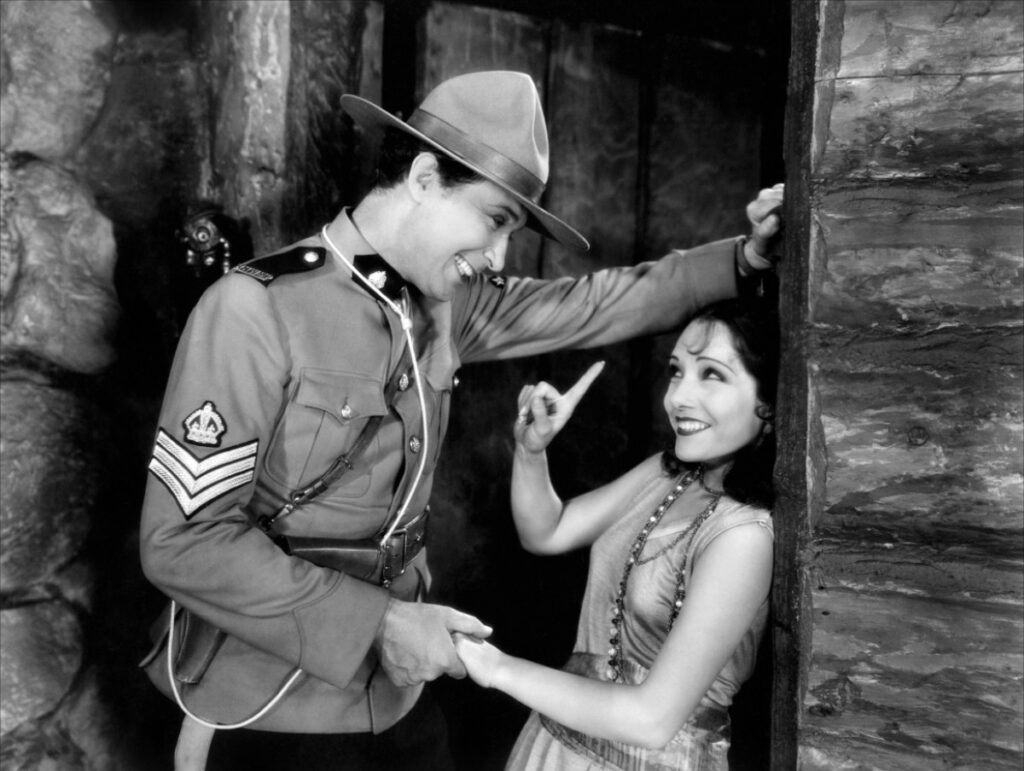
…
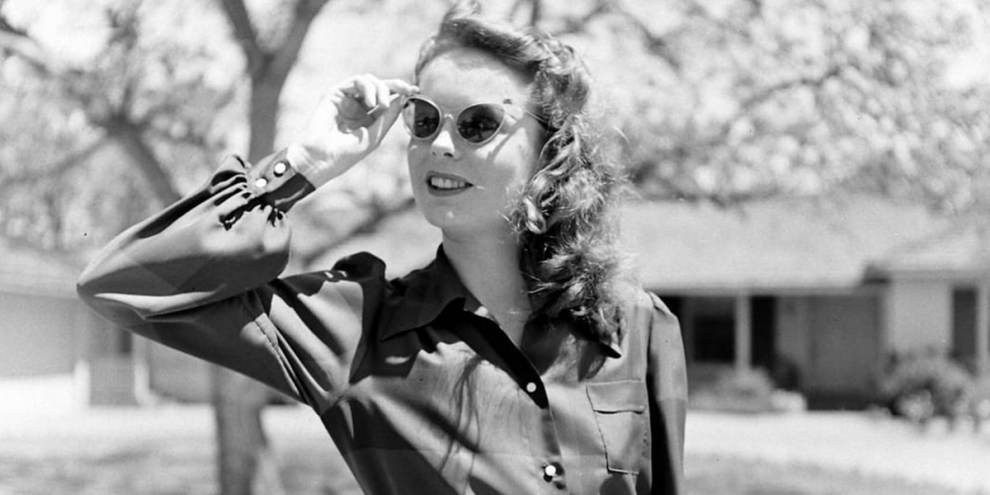
…
And, last but definitely not least, Awesome Annie Sheridan, a very lucky star friend of Errol’s.
Singers aren’t born, they’re made.
— Tim
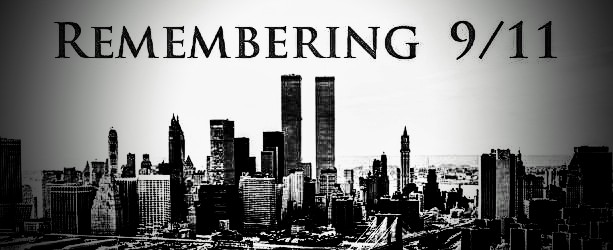
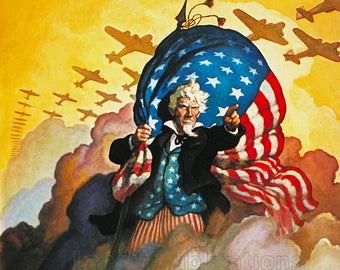
In September of 1942, as a reward for the town of Libertyville, Illinois’ record-breaking war bond sales in 1942, the town’s Liberty Theater was chosen to be the location of the world premiere of Errol’s first of five World War II films, “Desperate Journey”, which, much more notably now than then also starred Ronald Reagan. Far more notably at the time was the fact that Jimmy Cagney hosted the event.
This historic event of September 1942 was cited in the Freedom Bonds Act Hearings of 2001 U.S. Congressional Hearings of 2001, as follows:
From the Congressional Record (Bound Edition), Volume 147 (2001), Part 14][Pages 20376-20379]
FREEDOM BONDS ACT OF 2001
Mr. Speaker, I move to suspend the rules and pass the bill (H.R. 2899) to authorize the Secretary of the Treasury to issue War Bonds in support of recovery and response efforts relating to the September 11, 2001 hijackings and attacks on the Pentagon and the World Trade Center, and for other purposes, as amended.
The Clerk read as follows:
H.R. 2899
Be it enacted by the Senate and House of Representatives of the United States of America in Congress assembled,
SECTION 1. SHORT TITLE.
This Act may be cited as the “Freedom Bonds Act of 2001”.
SEC. 2. ISSUANCE OF FREEDOM BONDS.
Section 3105 of title 31, United States Code, is amended by adding at the end the following new subsection:
“Freedom Bonds.–The Secretary may designate one or more series of bonds or certificates (or any portion thereof) issued under this section as `Freedom Bonds’ in response to the acts of terrorism perpetrated against the United States on September 11, 2001.”
…
Mr. KIRK of Illinois:
Mr. Speaker, I want to rise in strong support of H.R. 2899, the Freedom Bonds Act of 2001. This legislation draws upon the heritage of our greatest generation. During World War II, war bonds were one important way that every American could help make sure that our men and women in uniform had what they needed for victory. My own district is home to Libertyville, Illinois. Libertyville sold more war bonds per capita than any other city in America. Libertyville oversubscribed every bond quota assigned, and this achievement led to a unique honor.
In the fall of 1942, a young sailor reported for duty at the Great Lakes Naval Training Center. Like the 3 million Americans who entered the Navy there, James Cagney trained for war. On September 10, 1942, he was able to leave the base and paid a unique honor to Libertyville’s war bond drive by opening a major Hollywood movie there, Desperate Journey. Desperate Journey was a war thriller starring Errol Flynn and Ronald Reagan and it opened at the Libertyville Theater. Tickets went for a $25 war bond, and the evening was a smashing success, raising $110,000 for the war effort.
Mr. Speaker, in these tough times after September 11, we return to our values in tested ways to support our country and the cause of freedom. This legislation recalls that spirit of Libertyville to enlist the help of every American in our cause against terrorism. I would hope that this legislation receives quick action and that Libertyville can help launch our State’s freedom bond effort.

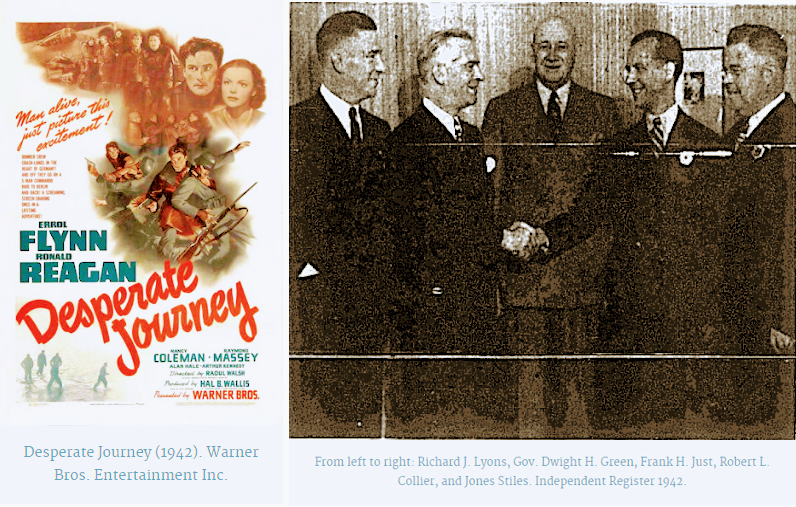
— Tim
See the New Faces Below
July 20, 1935
The Snooper
LA Evening Herald Express
Not long after talking pictures had brought an influx of the world’s most famous actors to Hollywood, farsighted executives of the film industry began to speculate, “This is all very well, so long as we can raid the stage for talents, but where are we going to get the new faces? What will happen when the Broadway well runs dry?
Well several years have elapsed now since these gentlemen were heard muttering their dire forebodings, and subsequent developments have proved rather conclusively that Hollywood need have no fear about a dearth of fresh personalities to intrigue the admiration of moviegoers.
Seemingly, the well of new talent never runs dry.
Only the other day, audiences acclaimed a startling new personality, Louise Rainer, who flashed before them as William Powell’s leading woman in Escapade. She came from the continent.
Errol Flynn and Olivia De Havilland, who won two of the year’s sweetest acting plums –the romantic leads in the spectacular Captain Blood — were nonentities as far as Hollywood was concerned less than a year ago. Then Miss De Havilland, a seventeen-year-old high school girl from a small village in Northern California, won the big role of Hermia in Max Reinhardt’s Bowl production of “A Midsummer’s Night’s Dream,” and a new screen star was born. Flynn, a handsome, athletic, adventurous Irishman made his debut in an English film, and instantly was spotted by Irving Asher, a Warner executive, and shipped to California under contract. Now he wins the biggest male role of the year, outside of Anthony Adverse, as a swashbuckling Captain Blood.
…
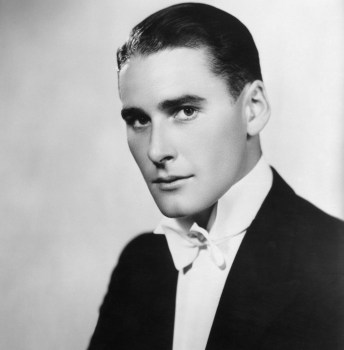
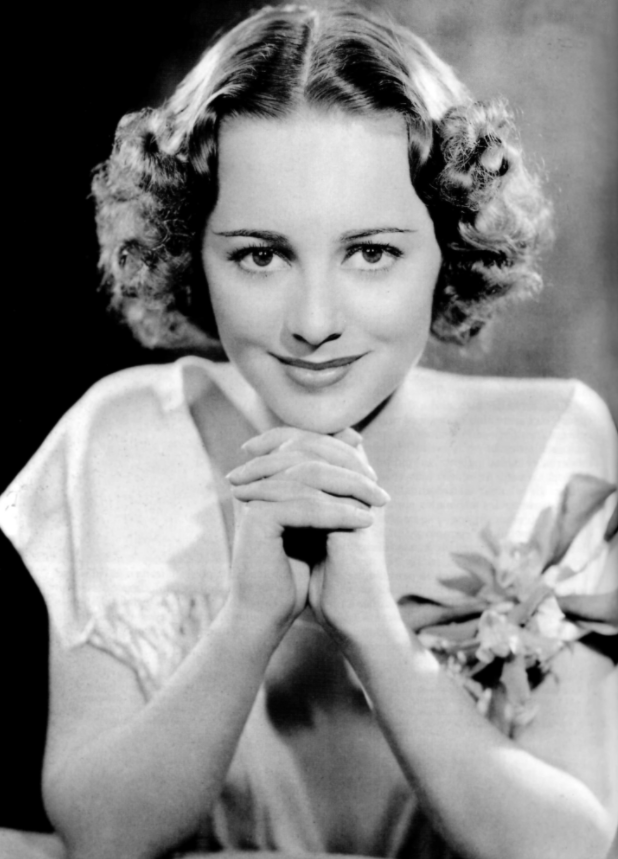
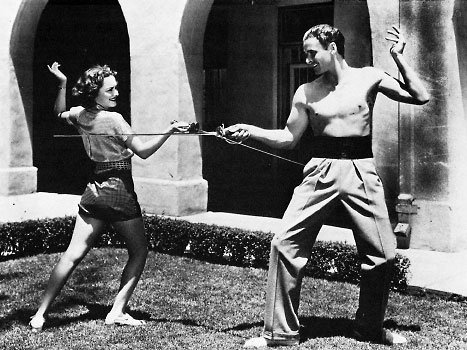
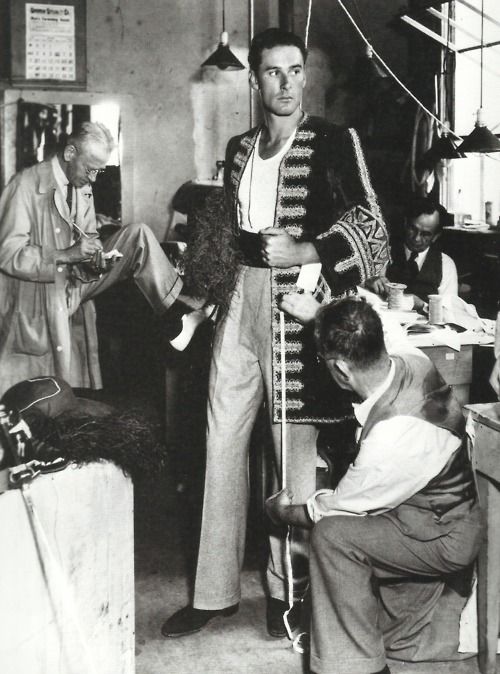
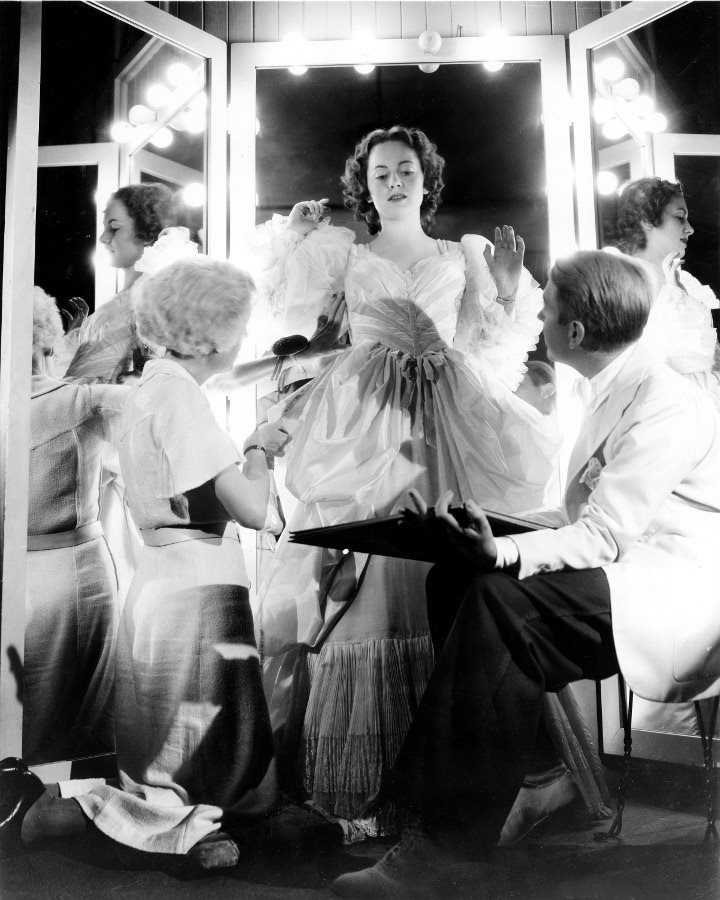
Last But Definitely Not Least!
— Tim